White
Everyone knows that white visually enlarges small spaces... But this is not its only plus. Despite the seeming neutrality, white has a great effect on the state: it improves sleep, soothes, fills with positive.
Previously, the shade was considered a sign of aristocracy and wealth, today it is more in line with Scandinavian minimalism: simple but cozy. To prevent the room from looking uninhabited and too cold, warm elements should be added to the design: wood, colored textiles, wicker baskets.
Rooms dominated by white feel cleaner, fresher and more organized. If you don't like cleaning often, use this technique.
The uniqueness of white is in its neutrality... It combines all the colors of the spectrum, therefore it is in harmony with any of them. Use color on large backdrops for furniture and decor.
The black
Opposite to White: There is always a frightening secret in black, which is why most people try to avoid it. On the one hand, this is justified: an overabundance of blackness looks uncomfortable and can lead to apathy and depression.
But black also has a downside: it perfectly emphasizes other colors, makes them brighter. Adds depth to the interior, helps to hide finishing flaws.
To soften the "mourning" effect of charcoal - dilute it with white. IN duet of colors neutralize the negative sides of each other, leaving only the good. White will soften, black will add the necessary drama and audacity.
Grey
It turns out when mixing the first two shades, so its effect depends on the ratio of one to the other: the more black in gray, the more heavy it will look.
Gray palette for the interior it is considered neutral and even boring: the color itself is inexpressive, but it “plays well in the team”. Evens out the negative effects of other colors, soothes, gives the surrounding objects a touch of elegance.
Another advantage of gray is its versatility. It does not irritate, does not change the emotional state, therefore it is appropriate in any room: from baths and kitchens, before children's.
Red
Bright, dynamic and even a little aggressive. Red is perhaps the most active representative of the color palette.
The positive influence of scarlet in the charge of vigor, the rise of vitality, its energy. It is perfect for stirring up too calm, even melancholic people. The negative impact consists in an overabundance of red and too aggressive influence on active, nervous people. May cause irritation, overstimulation.
Red shades, even in small quantities, are not suitable for bedrooms and children's rooms - it is impossible to sleep in such a space. But in living rooms and kitchens works correctly without causing negative reactions.
Pink
Combining the aggression of red, the tenderness of white and coolness blue... Pink is associated with femininity, inaccessibility, sentimentality. Despite the red undertone, pink perfectly calms, promotes relaxation, improves sleep - that is why it has been and remains a favorite color for decoration children's.
In addition to relaxation, in pink room serenity is felt, anxiety disappears, headaches and any other pain are relieved. It is because of the overly calming effect that you should not use pink (especially its light shades) in the apartments and rooms of infantile, overly emotional people. They are more suitable for bright colors (fuchsia, purple) or shades of red.
Orange
If pink can be called cold red, then Orange - warm. The combination with yellow has a positive effect on the red color: it ceases to be aggressive, but remains as energetic.
Orange cheers you up, charges you with a positive, activates the brain, promotes the development of creative abilities. It acts as an anti-stress, relieving tension and defusing conflict situations: it is noted that under the influence of orange blossom, even relations in the family are improved.
Important! Too much bright orange can lead to headaches.
Yellow
One of three pure colors: the shade of the sun, warmth. Energizes, improves mood, encourages creativity. If the house has a music or art studio, use yellow decoration in it.
In large quantities, it can cause overwork, headache. For children, an overabundance is especially undesirable: there will be no end to whims and tears. For this reason yellow it is better to make accents - decor, textiles, individual pieces of furniture. And leave large surfaces (floor, walls, ceiling) for more neutral colors.
Brown
One of the most natural shades: the color of the earth, tree bark, spices, chocolate, fragrant wilted leaves. The interior looks very harmonious: calms, balances, promotes making the right decisions (therefore, great for the office).
From interior in brown tones blows with reliability, stability. It is comfortable to be in them. Therefore, rooms can be decorated in monochrome brown tones or use this shade as the main one - for walls, floors, furniture.
Dark colors (chocolate, coffee, bistre) look elegant, suitable for rich, sophisticated homes.
Green
Another natural color - green smells of spring coolness and summer heat. In oriental practices, the shade characterizes money, wealth, success.
Green interior relieves stress, calms, extinguishes conflicts. Its 100% relaxing effect can be so strong that in the morning at green bedroom you simply cannot wake up. That is why you should consider the location so that you see the greens before bed, but do not notice after.
In general, green tones are suitable for any premises: they will be appropriate in living room, kitchen, bathroom, hallway and even a nursery.
Blue
A wealth of shades blue makes it the most ambiguous in the entire palette. On the one hand, blue calms, relaxes, helps to recover from a hard day. On the other hand, bright ultramarine accents make the design more dynamic and even more energetic.
The soothing coolness of blue is a salvation for the parents of a hyperactive child. Registration children's room in blue or dark blue tones ground, reduces activity, promotes concentration.
IN bedrooms In adults, blue lowers blood pressure, evens out the heart rate, relieves migraines.
Purple
A complex and highly ambiguous color produced by combining red and blue. Moreover, there is neither the aggression of the first, nor the calmness of the second in him. Purple its effect is more reminiscent of black: mysterious, sensual, a little magical.
Human exposure depends on the color saturation and the ratio of red to blue in the composition. The bluer the violet, the more soothing it will produce.
To keep the decor of the room not depressing, dilute the base with yellow or gold contrasts.
Color recommendations
To find the perfect color scheme, you should consider:
- Purpose of the room... For bedrooms, they choose soothing shades, for kitchens - they reduce appetite, for the study - they increase concentration.
- Room owner temperament... The arrangement of the bedroom of a calm and hyperactive child will be fundamentally different: in the first case, an exciting yellow or red, in the second - ground blue or green.
Pay attention to your color choices before starting your renovation and see how the new color palette makes your life better.


 10 practical tips for arranging a small kitchen in the country
10 practical tips for arranging a small kitchen in the country
 12 simple ideas for a small garden that will make it visually spacious
12 simple ideas for a small garden that will make it visually spacious
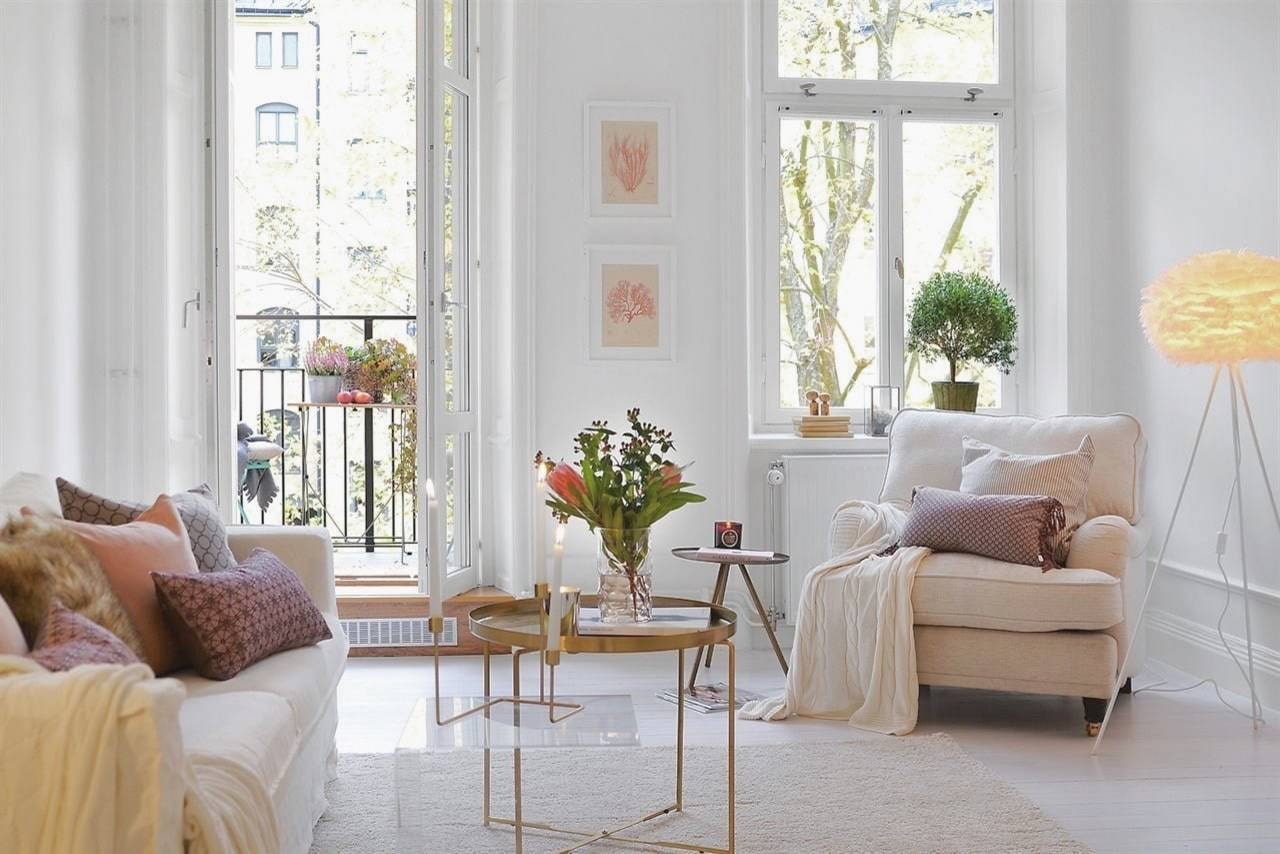
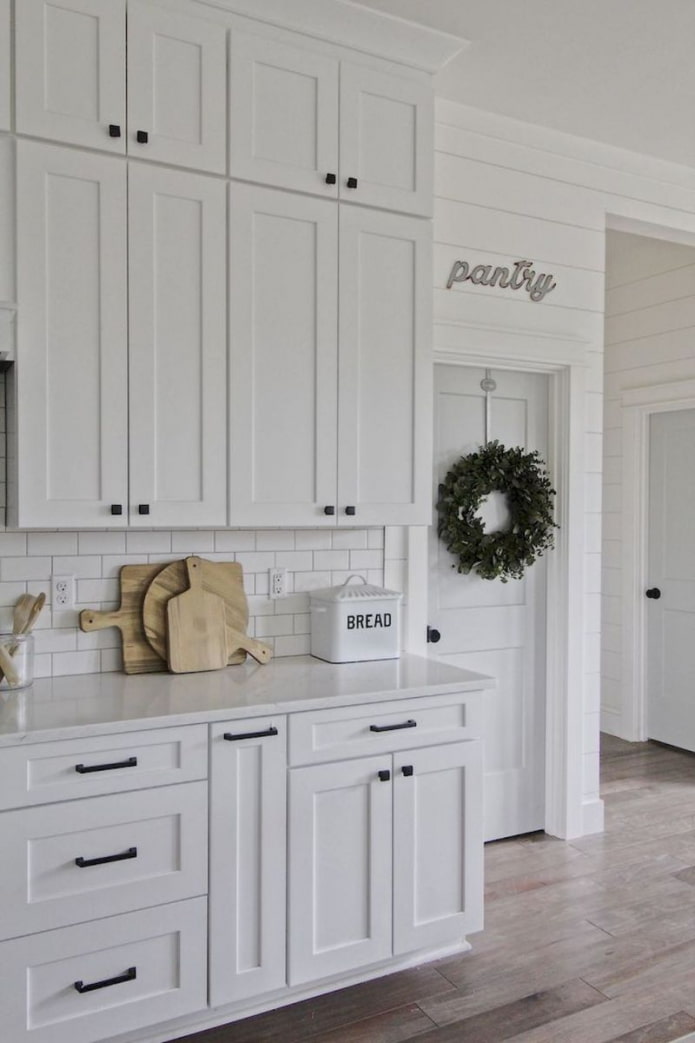
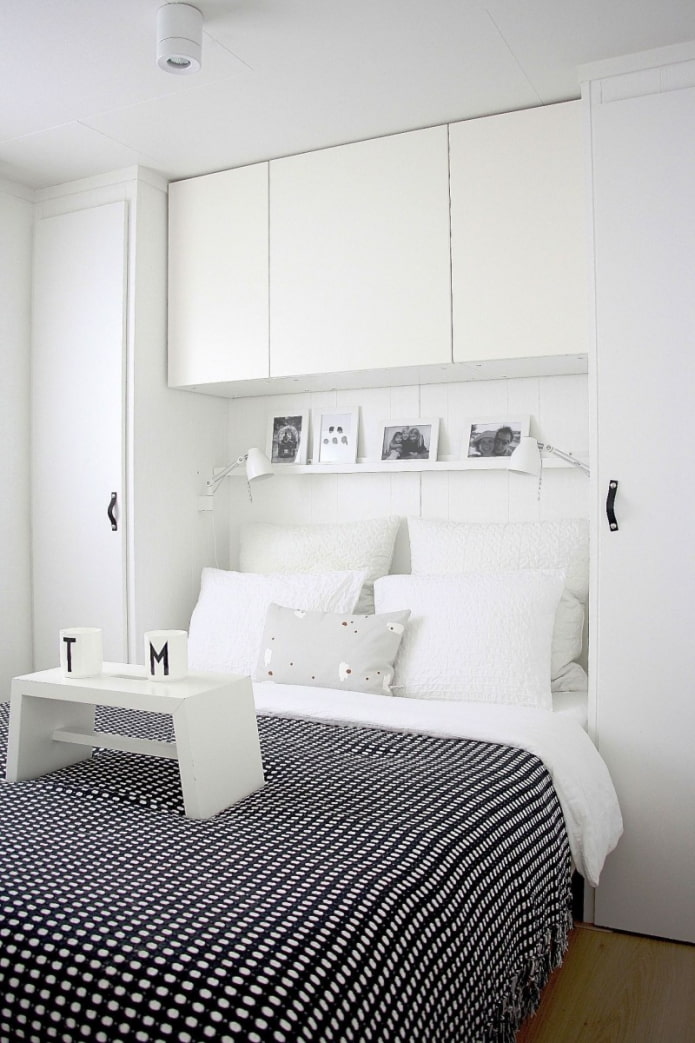
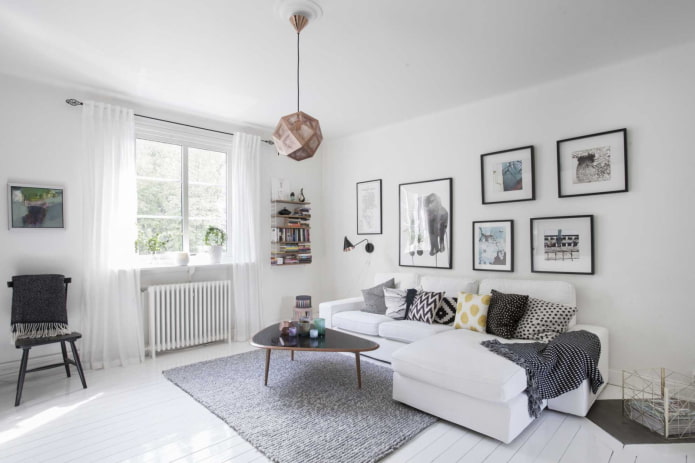
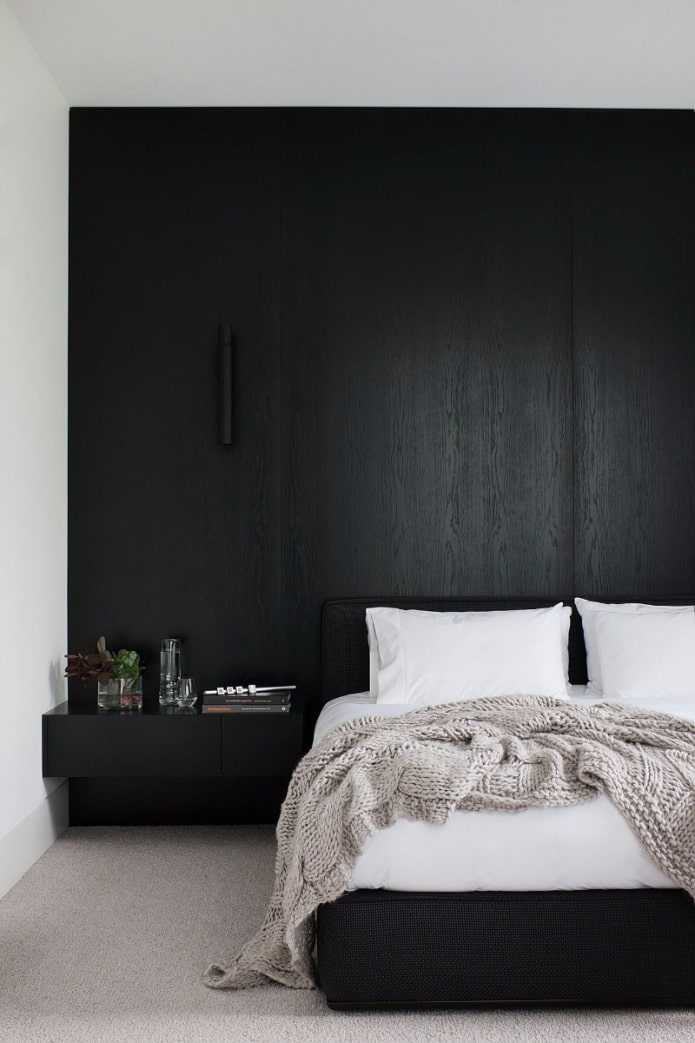
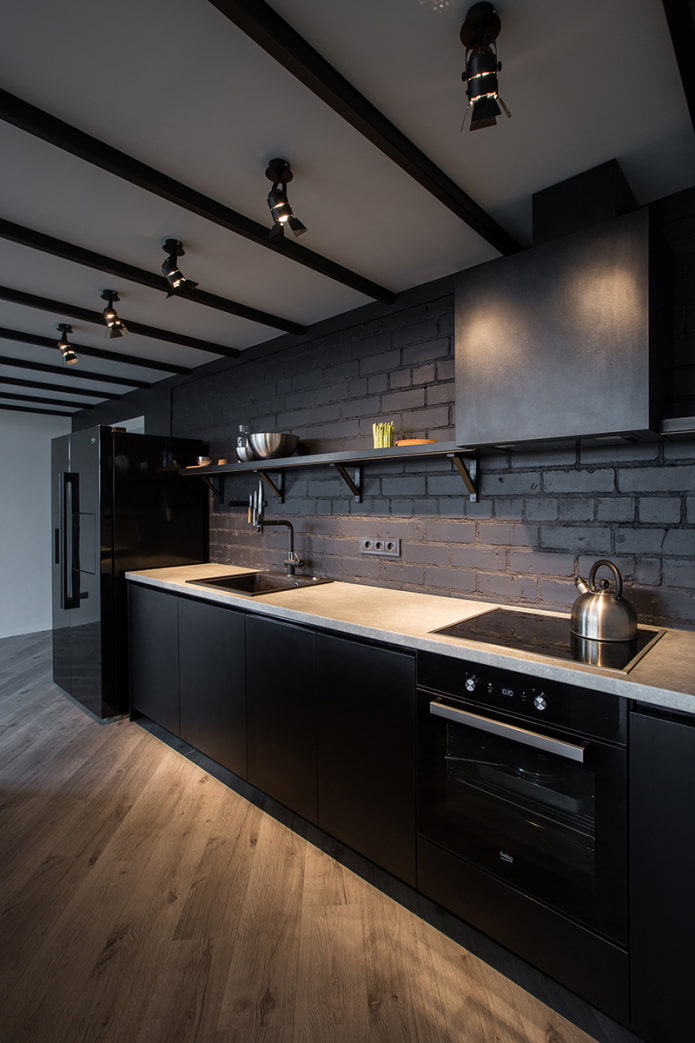
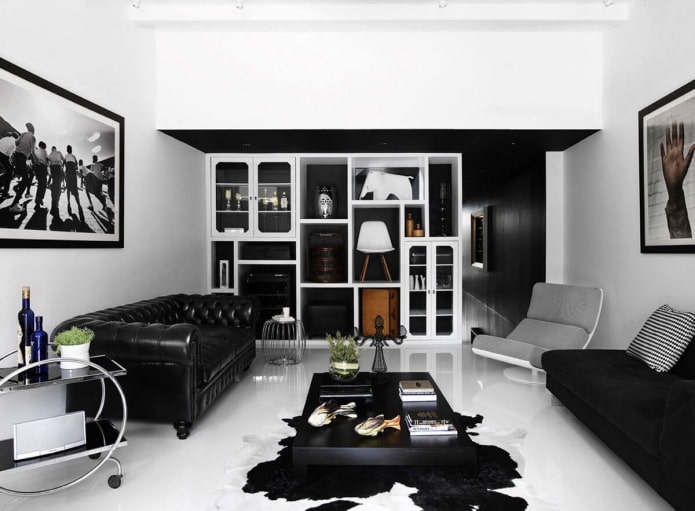
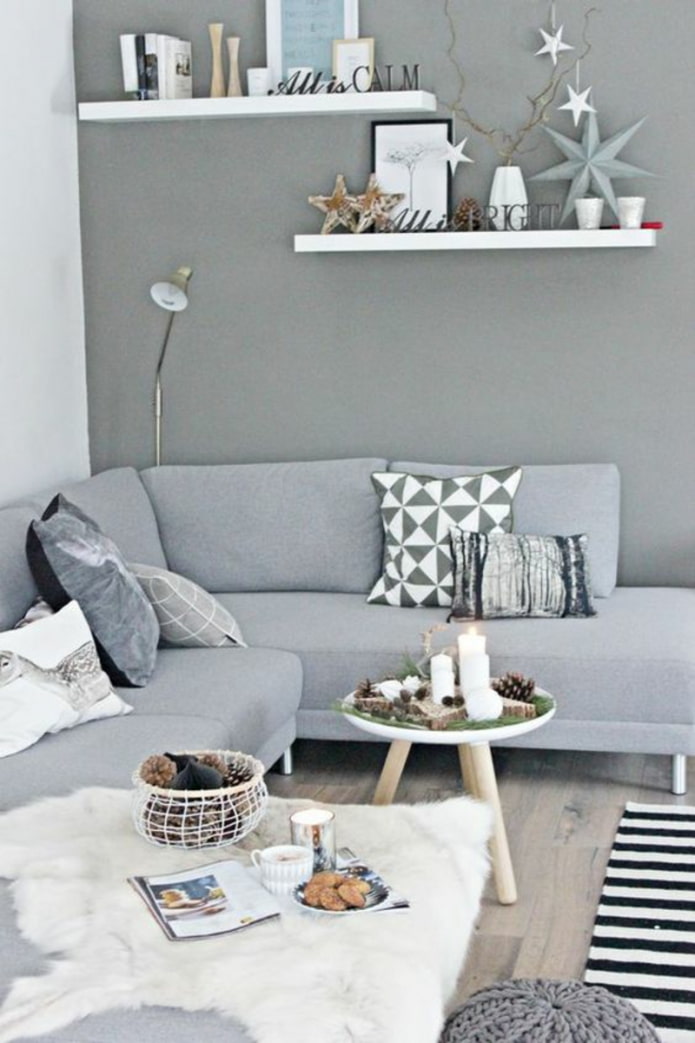
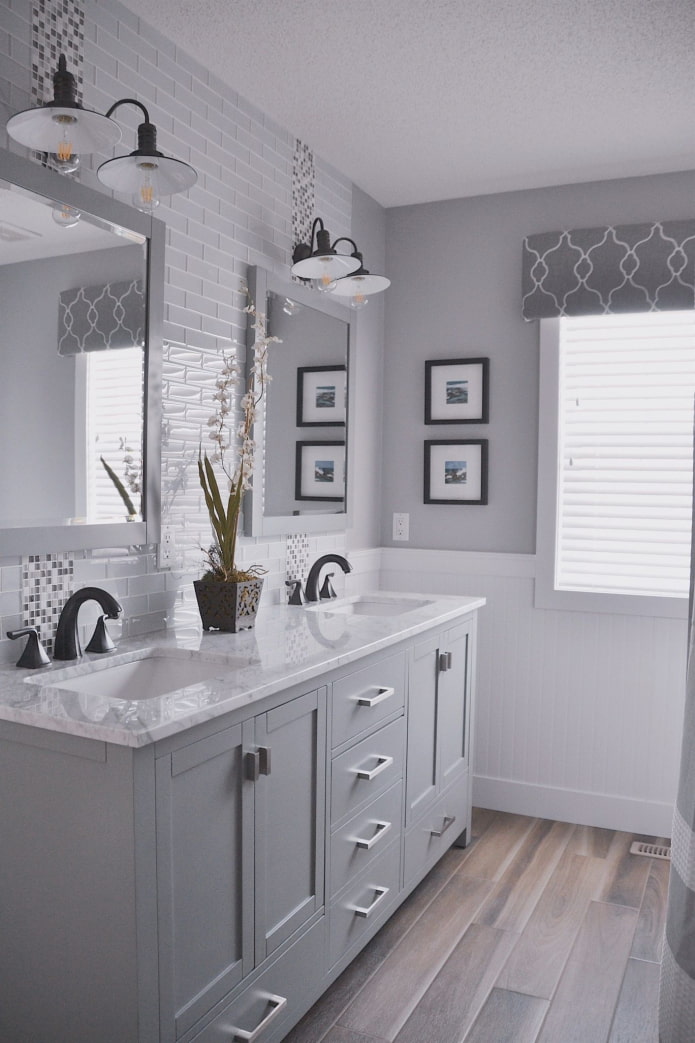
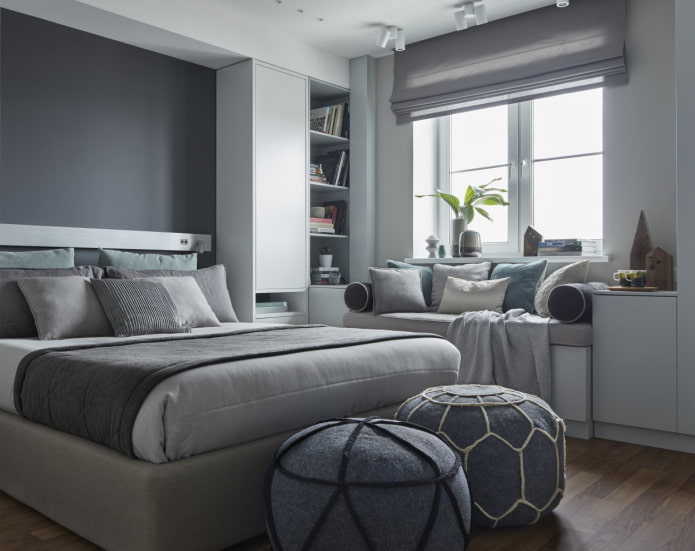
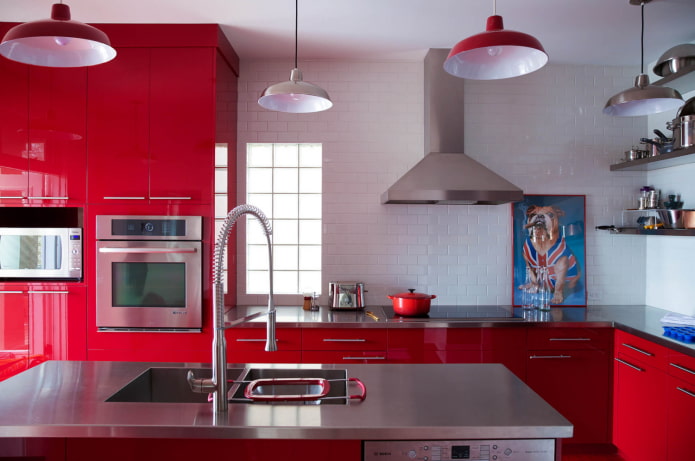
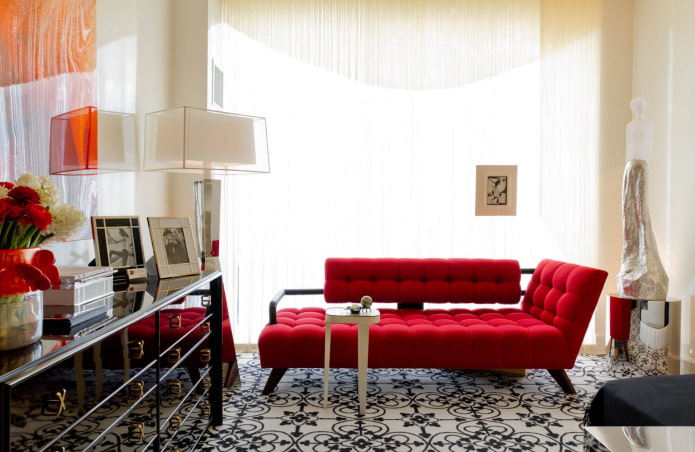
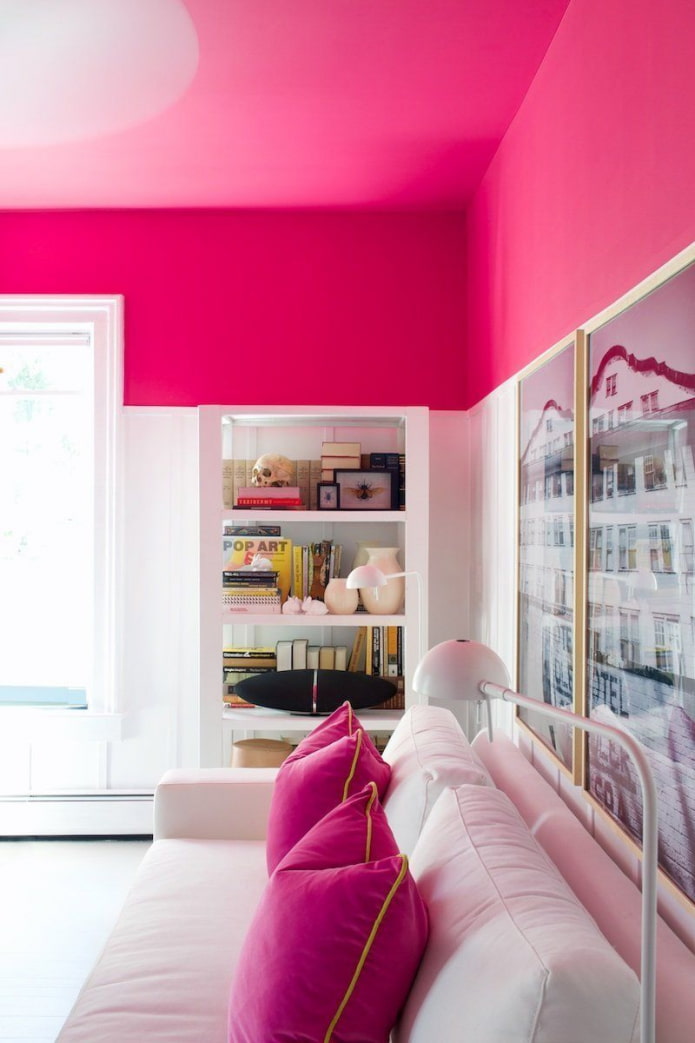
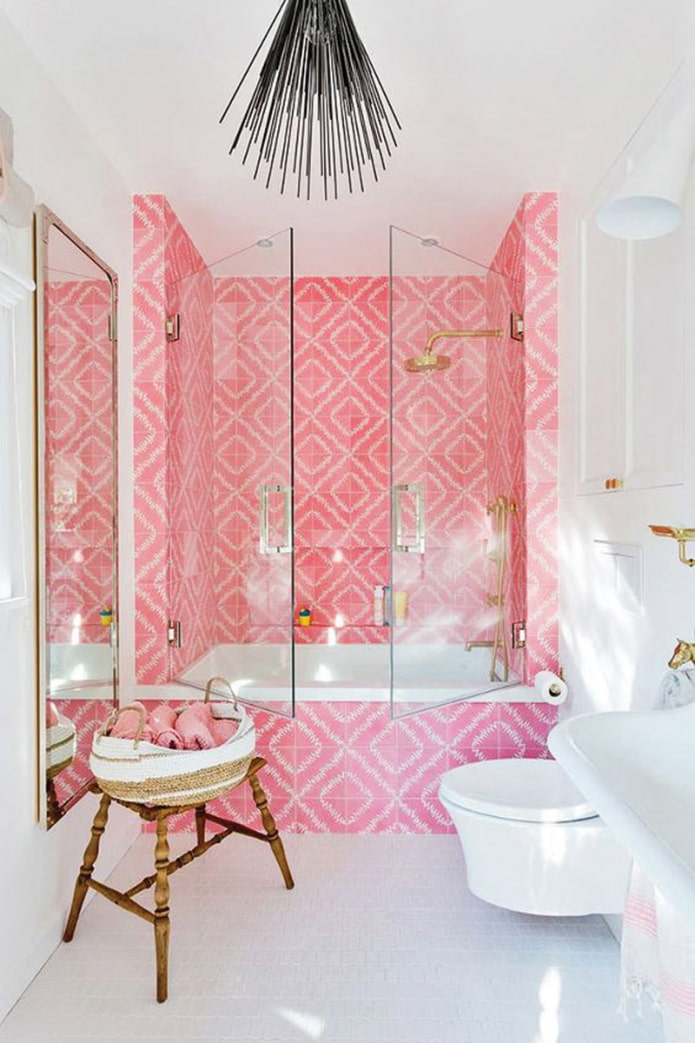
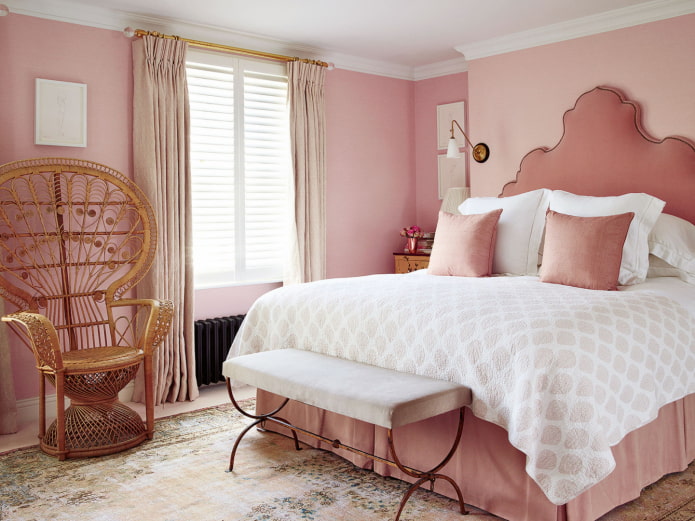
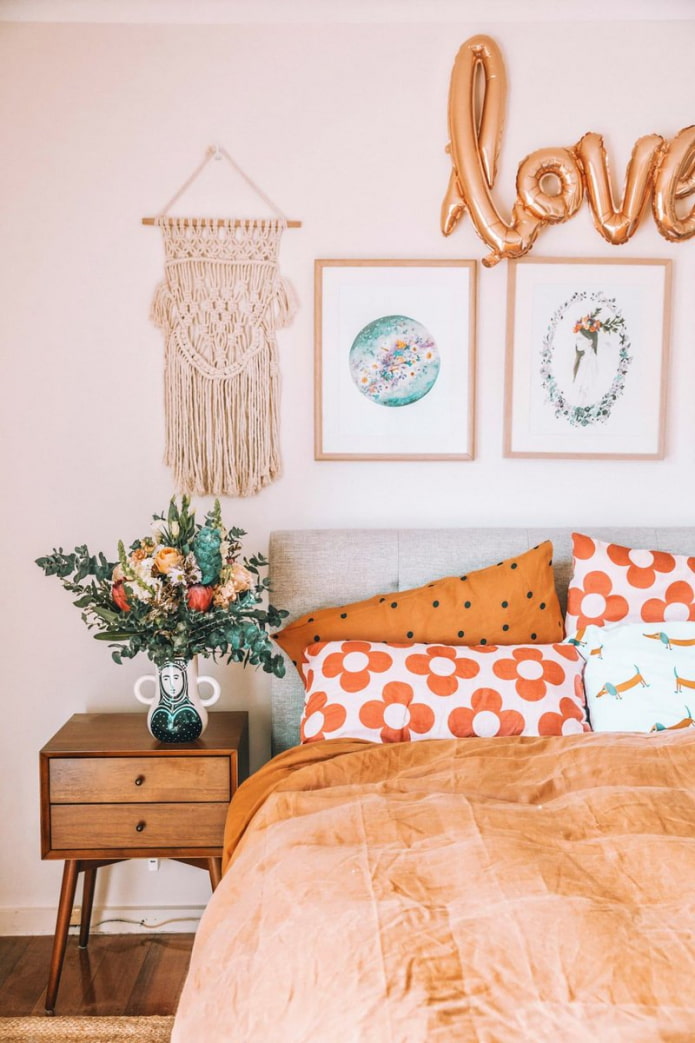
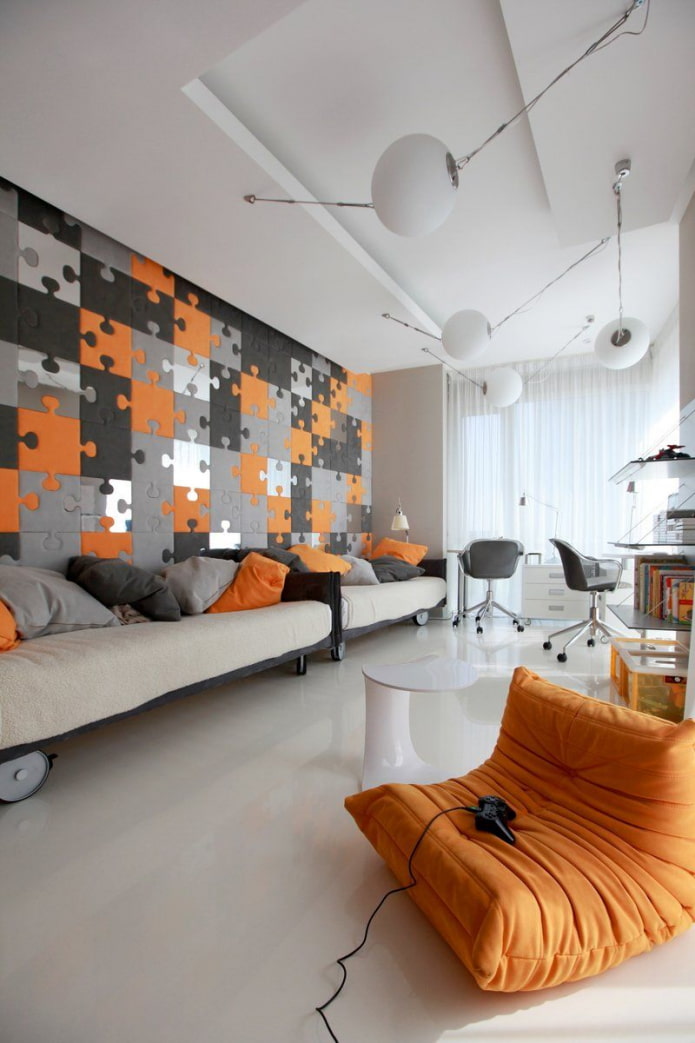
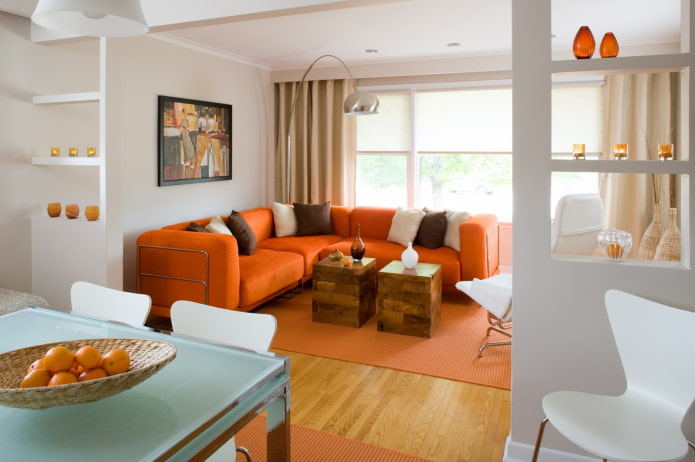
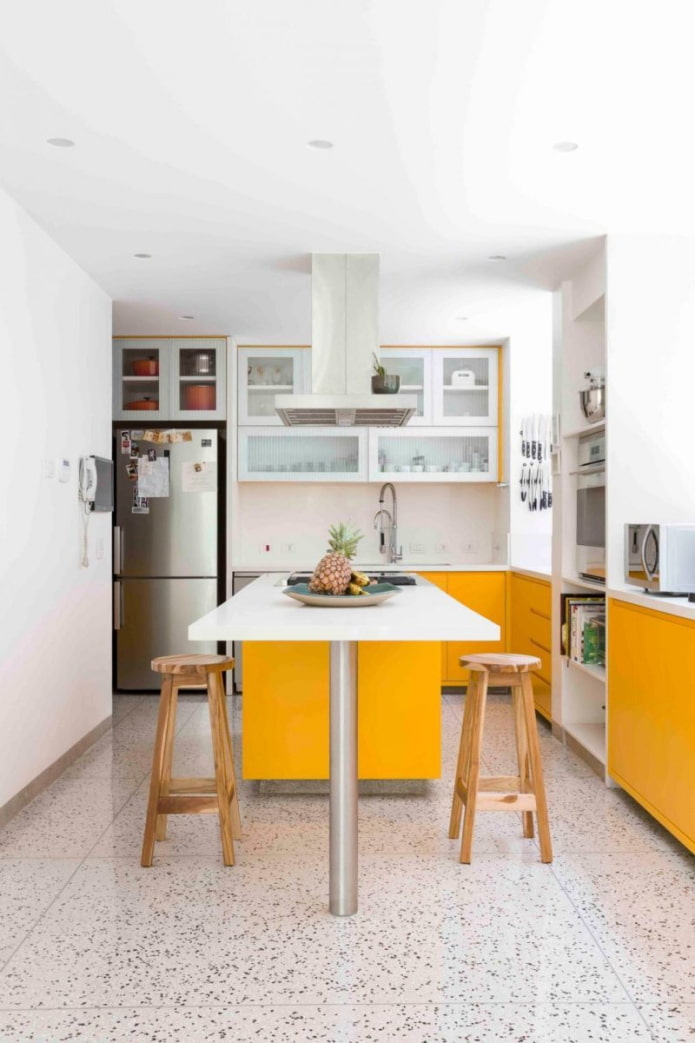

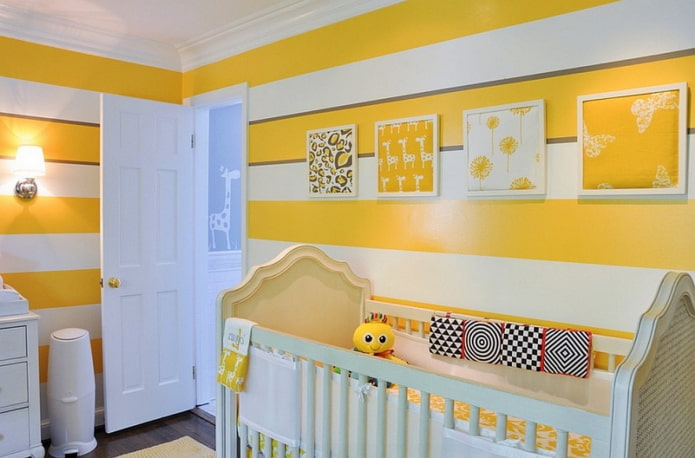
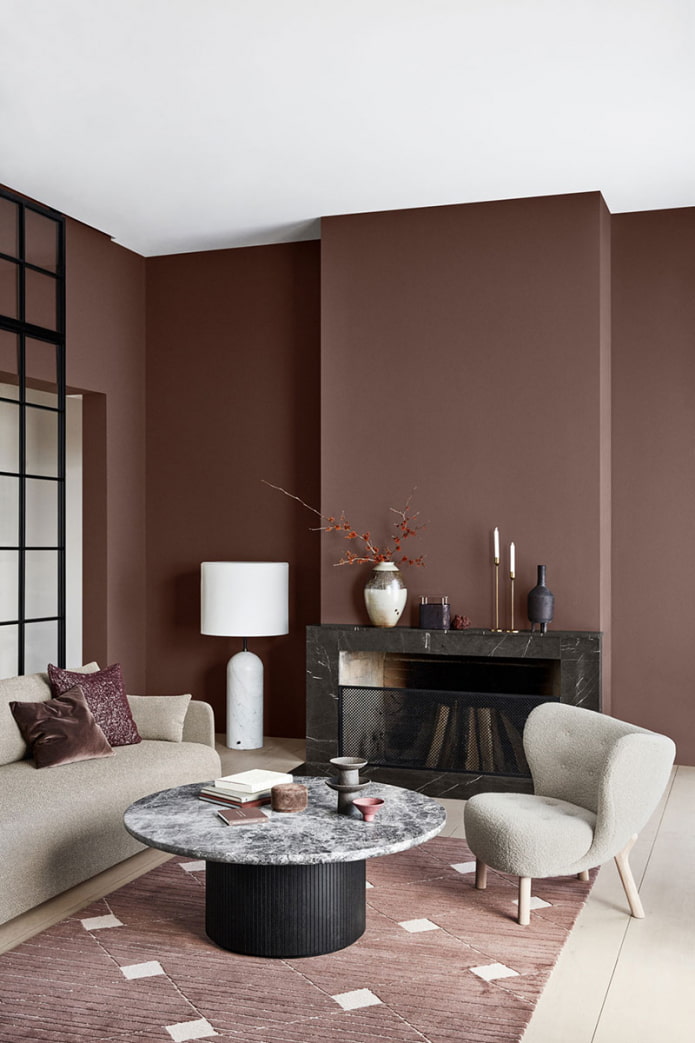
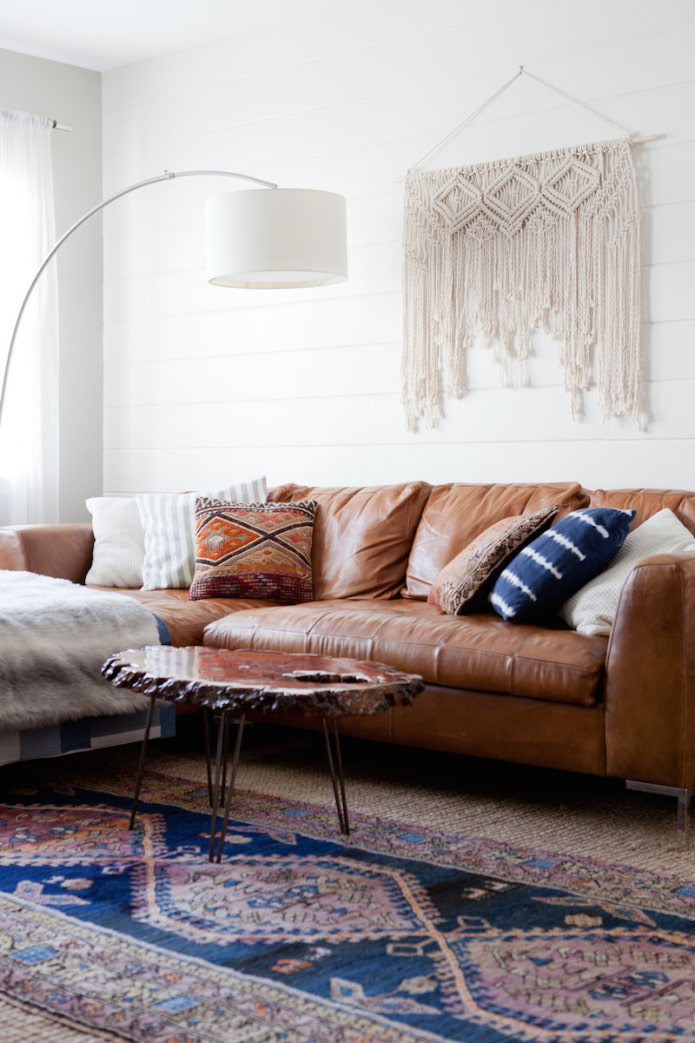
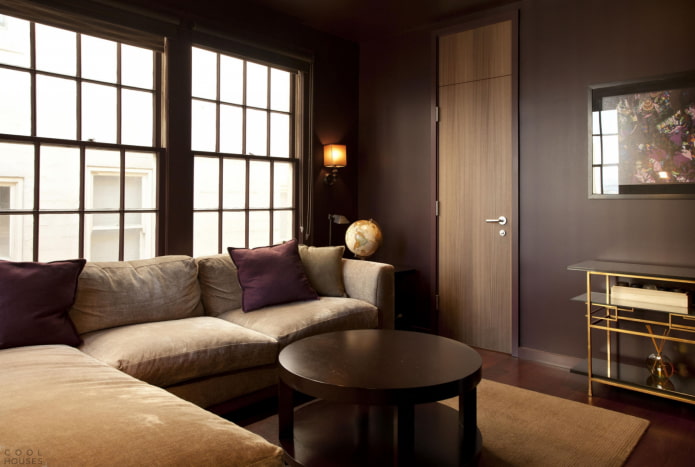
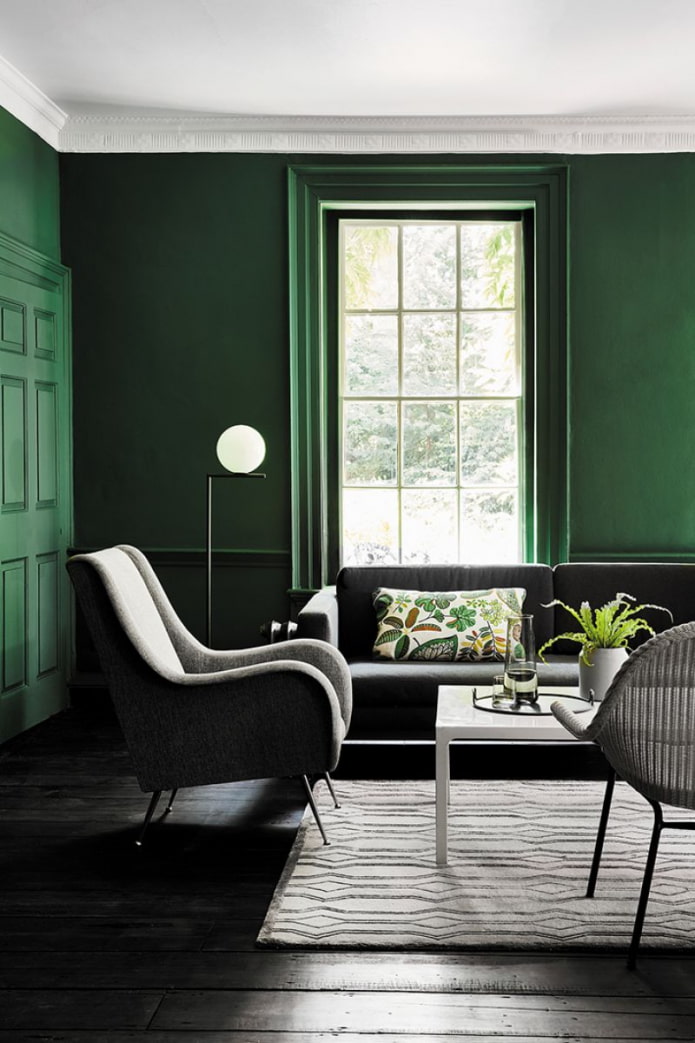

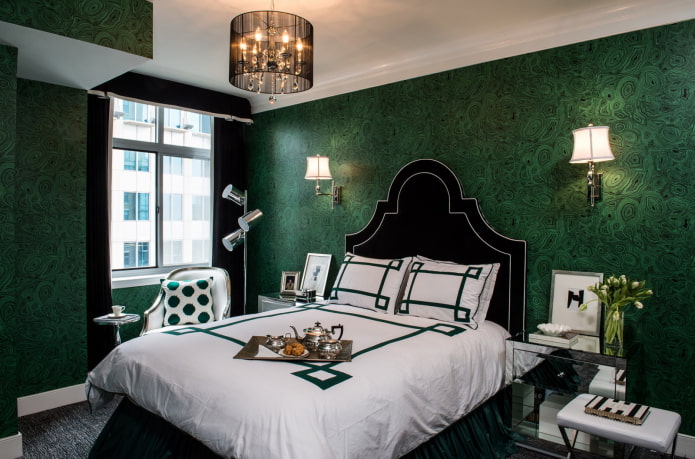
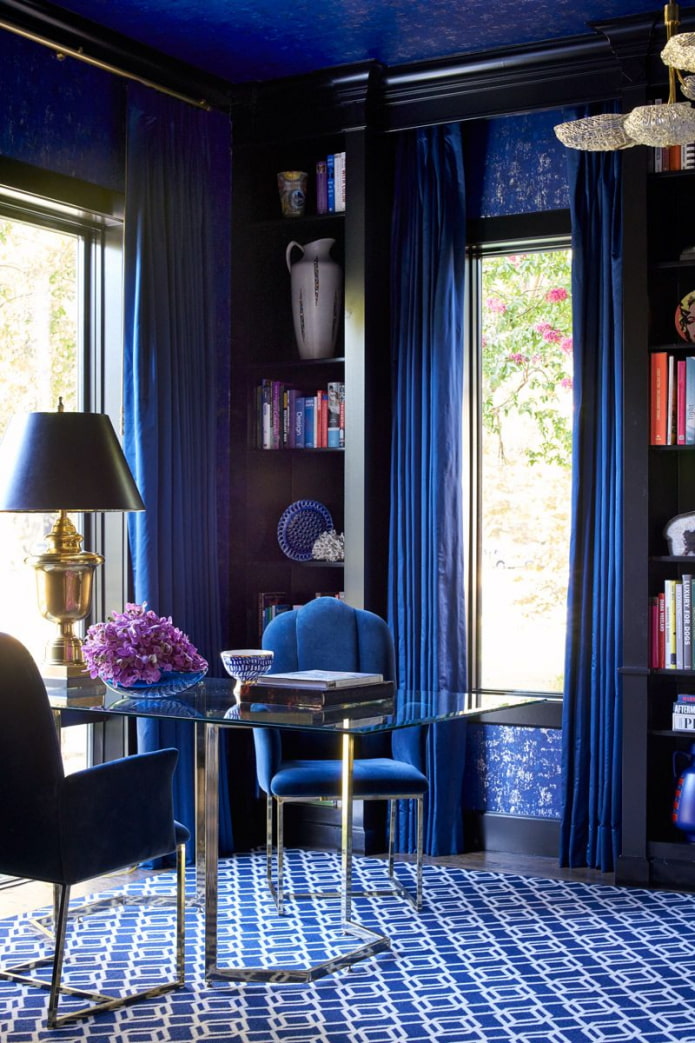


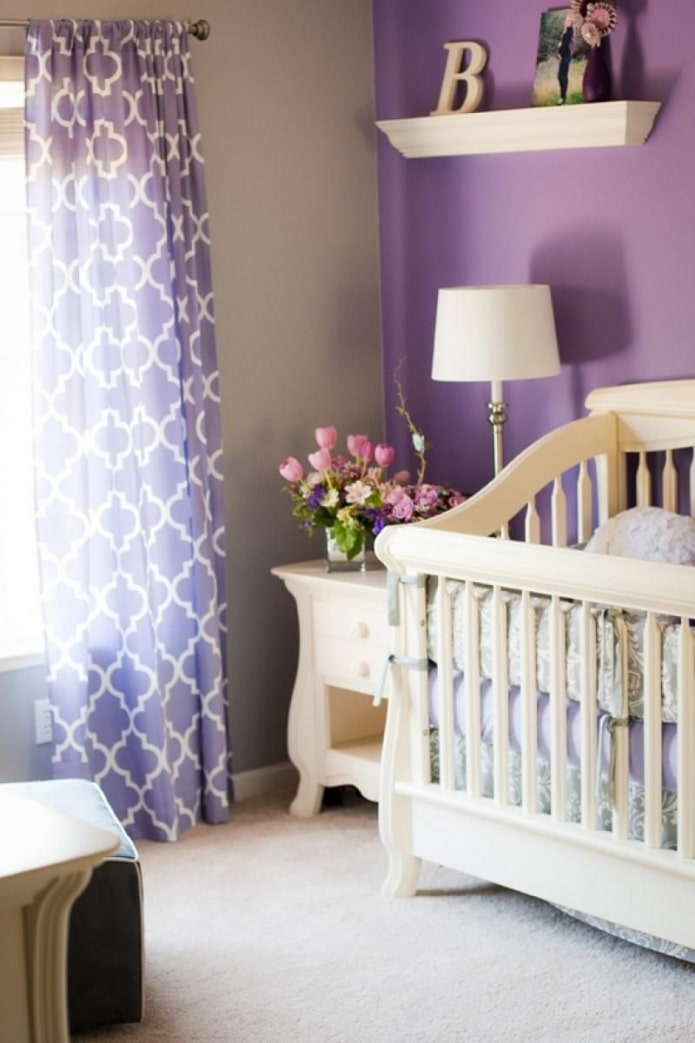
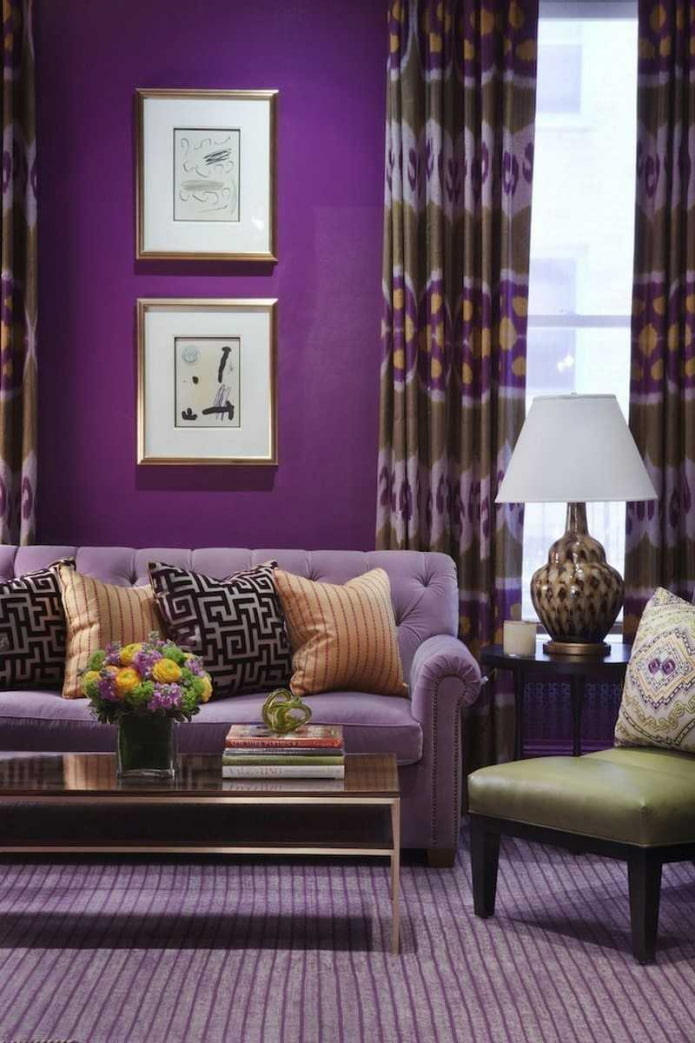
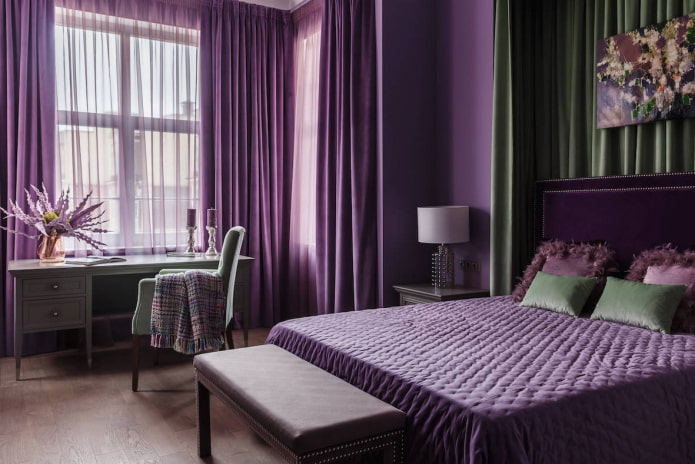
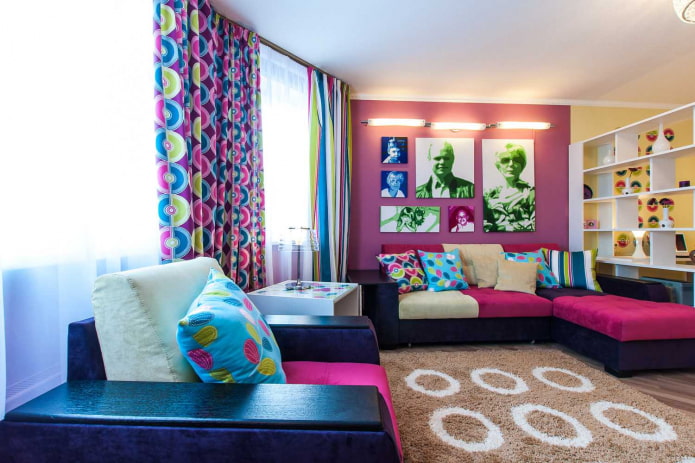
 13 bad habits a good housewife shouldn't have
13 bad habits a good housewife shouldn't have 24/7 home cleanliness - 4 secrets for the perfect housewife
24/7 home cleanliness - 4 secrets for the perfect housewife 6 hotels in Sochi that will give odds to the promoted foreign hotels
6 hotels in Sochi that will give odds to the promoted foreign hotels Top 10 interior design trends 2020
Top 10 interior design trends 2020 Rating of cheap TVs with Smart-TV
Rating of cheap TVs with Smart-TV New Year's LED garlands on AliExpress - we disassemble while it's hot, so that it's bright at home
New Year's LED garlands on AliExpress - we disassemble while it's hot, so that it's bright at home